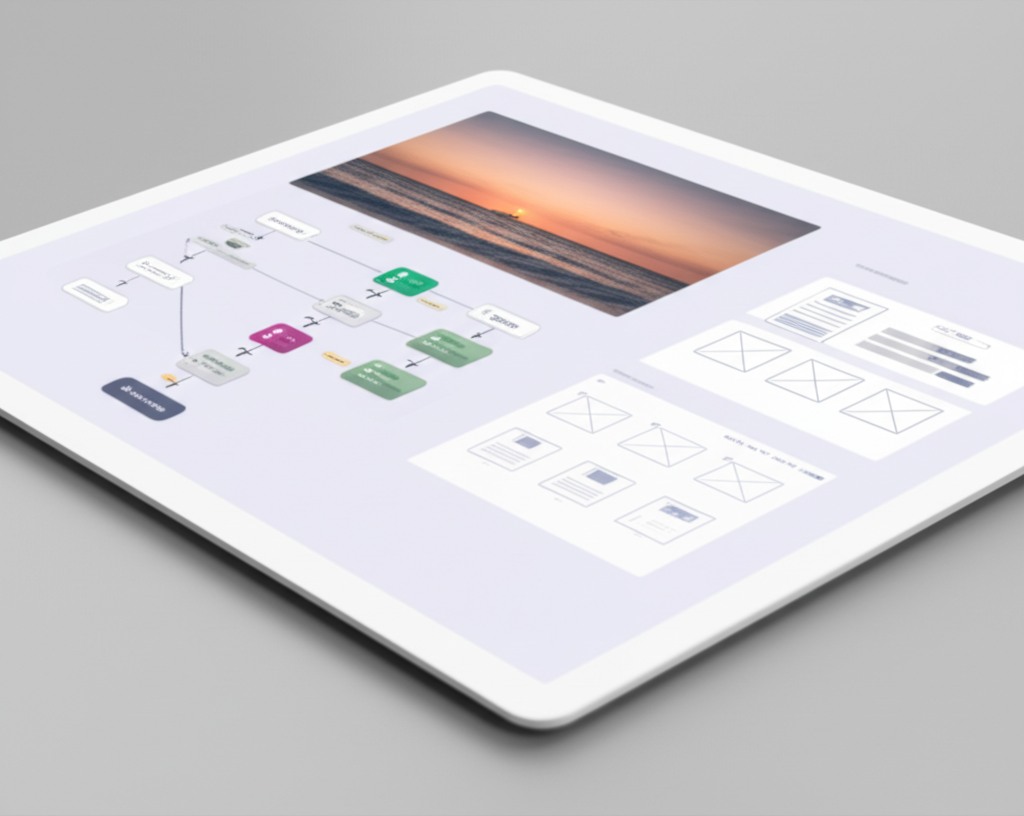User Experience design and conversion optimization are intrinsically linked. By understanding the psychological principles that drive user behavior, designers can create experiences that not only delight users but also guide them toward desired actions. This comprehensive guide explores the intersection of psychology and UX design for maximum conversion impact.
The Psychology of User Decision Making
Understanding how users make decisions is fundamental to creating persuasive designs. Key psychological principles include:
Cognitive Load Theory
Users have limited mental processing capacity. Reducing cognitive load through design helps users make decisions more easily:
- Simplify navigation and information architecture
- Use progressive disclosure to reveal information gradually
- Minimize choices to prevent decision paralysis
- Use familiar patterns and conventions
The Paradox of Choice
Too many options can overwhelm users and reduce conversion rates. Strategies to combat this include:
- Curating product selections
- Using filters and sorting options
- Highlighting recommended or popular choices
- Implementing smart defaults
Trust and Credibility Signals
Building trust is essential for conversion. Users need to feel confident in their decision to engage with your product or service.
Visual Trust Indicators
- Professional design and branding
- High-quality images and content
- Security badges and certifications
- Customer testimonials and reviews
Social Proof Elements
Leveraging social proof can significantly impact conversion rates:
- Customer reviews and ratings
- Usage statistics and user counts
- Expert endorsements and awards
- Social media integration
Persuasive Design Patterns
Scarcity and Urgency
Creating a sense of scarcity or urgency can motivate immediate action:
- Limited-time offers and countdown timers
- Stock level indicators
- Exclusive access messaging
- Time-sensitive bonuses
Loss Aversion
People are more motivated to avoid losses than to acquire gains:
- Free trial periods with automatic conversion
- Highlighting what users might miss out on
- Progress indicators showing investment
- Abandonment recovery messaging
Optimizing the Conversion Funnel
Awareness Stage
Capturing attention and generating interest:
- Compelling headlines and value propositions
- Visual hierarchy and attention-grabbing elements
- Clear benefit communication
- Emotional connection through storytelling
Consideration Stage
Providing information to help users evaluate options:
- Detailed product information and specifications
- Comparison tools and feature matrices
- Customer testimonials and case studies
- FAQ sections addressing common concerns
Decision Stage
Removing friction and encouraging action:
- Streamlined checkout processes
- Multiple payment options
- Clear return and refund policies
- Risk-free trial offers
Mobile Conversion Optimization
Mobile users have different needs and constraints:
Mobile-Specific Considerations
- Touch-friendly interface elements
- Simplified navigation and forms
- Fast loading times and performance
- Location-based personalization
Mobile Payment Optimization
- One-click payment options
- Digital wallet integration
- Auto-fill capabilities
- Biometric authentication
A/B Testing and Optimization
Continuous testing is essential for conversion optimization:
Testing Methodology
- Hypothesis-driven testing approach
- Statistical significance and sample sizes
- Multivariate testing for complex interactions
- Segmented testing for different user groups
Key Elements to Test
- Headlines and value propositions
- Call-to-action buttons and placement
- Form fields and checkout processes
- Pricing presentation and offers
Personalization and Dynamic Content
Tailoring experiences to individual users can significantly improve conversions:
- Behavioral targeting and segmentation
- Dynamic content based on user preferences
- Personalized product recommendations
- Customized messaging and offers
Measuring Conversion Success
Key Metrics and KPIs
- Conversion rate and funnel analysis
- Average order value and revenue per visitor
- Customer lifetime value
- User engagement and retention metrics
Analytics and Attribution
- Multi-touch attribution modeling
- Cohort analysis and user journey mapping
- Heat mapping and user session recordings
- Conversion path analysis
Ethical Considerations
While persuasive design can be powerful, it's important to use these techniques ethically:
- Transparency in pricing and terms
- Honest representation of products and services
- Respect for user privacy and data
- Avoiding dark patterns and manipulation
Future Trends in Conversion Optimization
Emerging technologies and approaches shaping the future:
- AI-powered personalization and optimization
- Voice interface optimization
- Augmented reality try-before-you-buy experiences
- Predictive analytics for user behavior
Conclusion
Effective conversion optimization requires a deep understanding of user psychology combined with rigorous testing and measurement. By applying these principles thoughtfully and ethically, designers can create experiences that benefit both users and businesses. The key is to always prioritize user value while guiding them toward mutually beneficial outcomes.
